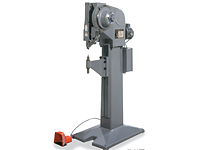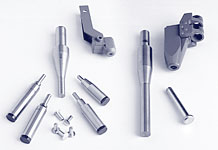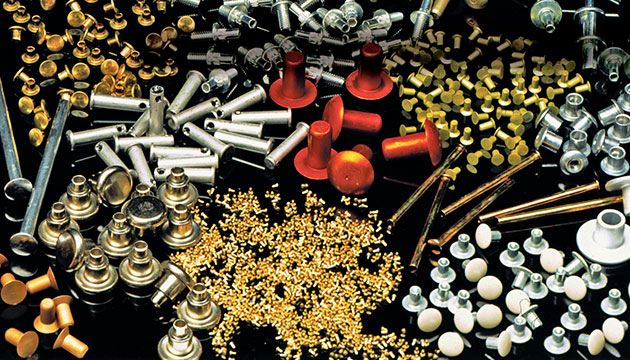
Rivets & Fasteners

Rivet Setting Machines

Engineered Machines

Rivet Tooling & Accessories
National Rivet and Manufacturing Co.
Rivets, Rivet Setting Machines and Accessories
National Rivet is your single-source for cold headed rivets, rivet machines, tooling and accessories, replacement parts and reconditioned riveters. In addition to standard solutions, National Rivet engineers riveting machines that can enhance assembly, performance and dependability in your specific application.
National Rivet adds value through integrated manufacturing. We perform all operations at our Waupun, Wisconsin facility, allowing total accountability for quality assurance.
We serve a broad cross-section of industry, including rivets for aerospace, electronics, appliances, furniture, automotive, consumer products and recreational vehicles. National Rivet is certified to ISO:2015+AS9100D.

